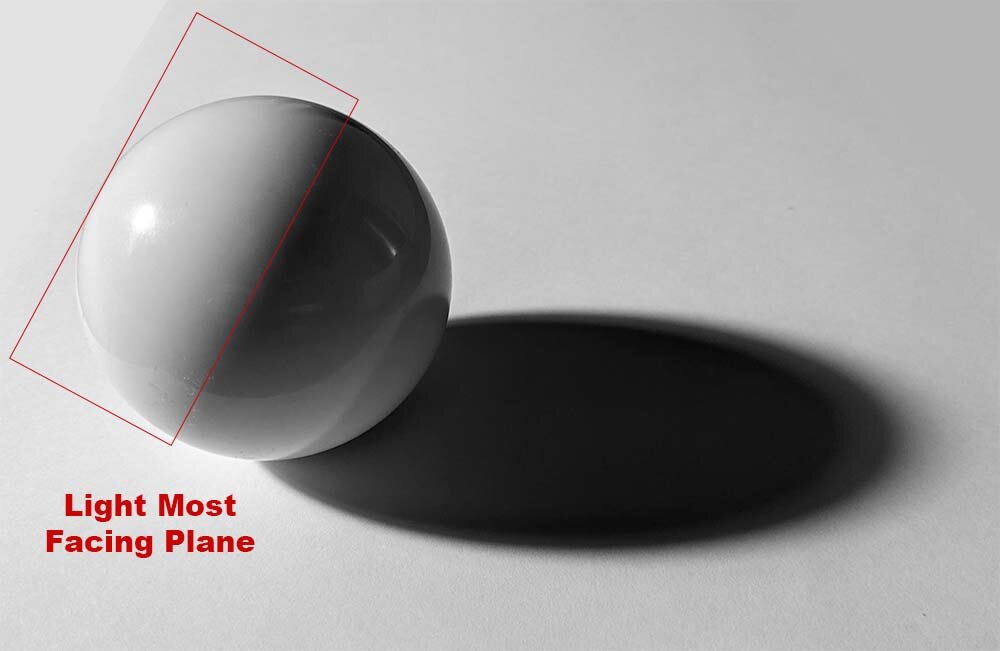Light and Shadow To create immersive experiences, a strong understanding of how light falls on objects is fundamental. By manipulating it, you can create shapes of forms, create realistic shading effects, and tell 3D stories. However, it’s also important to go beyond visual cues so participants can engage their other senses to feel even more immersed in your storyworld.
Sound immersion through ambient or directional audio can add another layer to the experience, or scents can evoke memories and deepen engagement further. By including multiple sensory elements in their immersive experiences, visitors will have more to remember and discuss when they return home!
While it can be tempting to jump on the latest tech bandwagon (such as user-led interactive touchscreens, giant LED walls, or virtual or augmented reality), don’t lose sight of how engaging immersive experiences can be created using only minimal resources. From creating simple art exhibits to complex environments utilizing light and shadow techniques – engaging experiences await.
Laszlo Moholy-Nagy, a Hungarian painter and member of the Bauhaus movement, used simple materials to demonstrate the effects of light. His masterpiece Light Prop for an Electric Stage is an amazing example of how creativity, basic science, and smart tool use can lead to stunning results!
At its core, light is all about shadows – whenever an object blocks a source of illumination it casts a shadow in response. The shape and size of said shadow depend on both how large or small an obstruction was as well as its distance from its light source.
An engaging way for students to explore this concept is by having them search the room for objects that cast interesting shadows, then experiment with moving or altering shadow positions by changing light sources or shifting shadow-making components, documenting what they learn along the way and recording findings in a journal. Take this chance to teach about the importance of double-checking their work!
Shadows can provide an engaging way for students to learn about the way the Sun rises and sets each day, and give an opportunity for debate over geocentrism versus heliocentrism.
If the light source is close, shadow edges will have hard lines; as light moves further away, shadow edges become softer and the shadow becomes less noticeable.
As part of helping students better explore light, you could show them several images with different levels of brightness and darkness and challenge them to recreate this effect either in their own photos or via editing exercises for those they already took!

Pingback: Alternative Exhibition Spaces: Thinking Outside the Gallery Meaning for Creative Expression – Real Life: An Installation